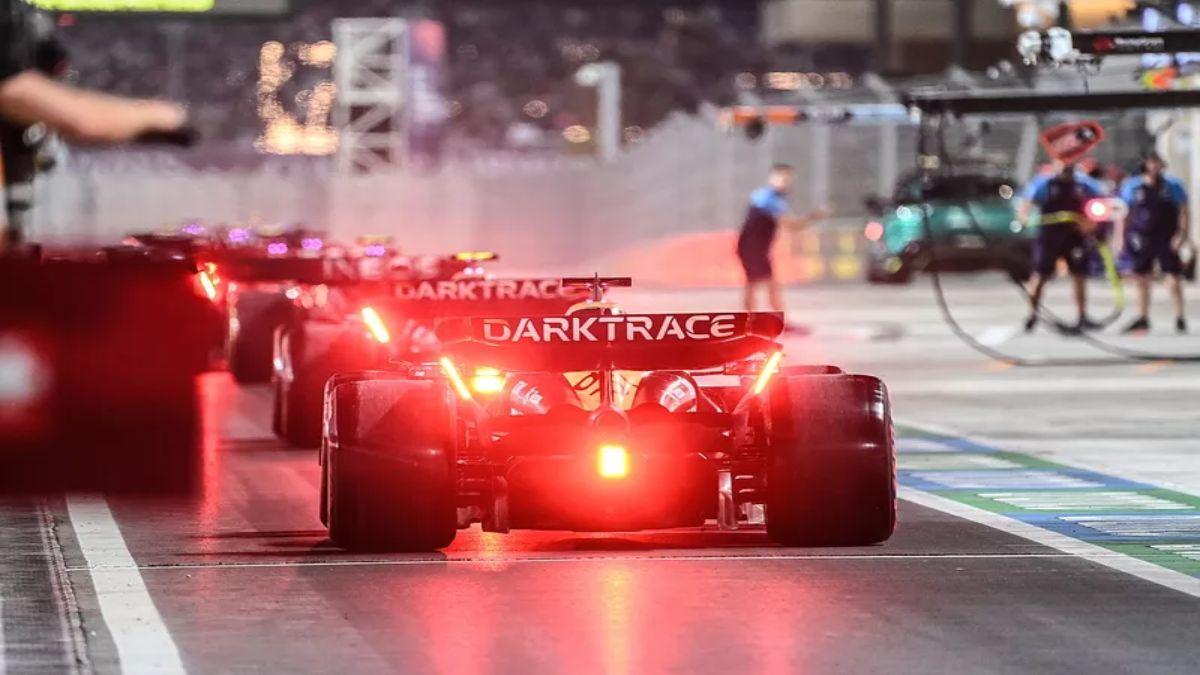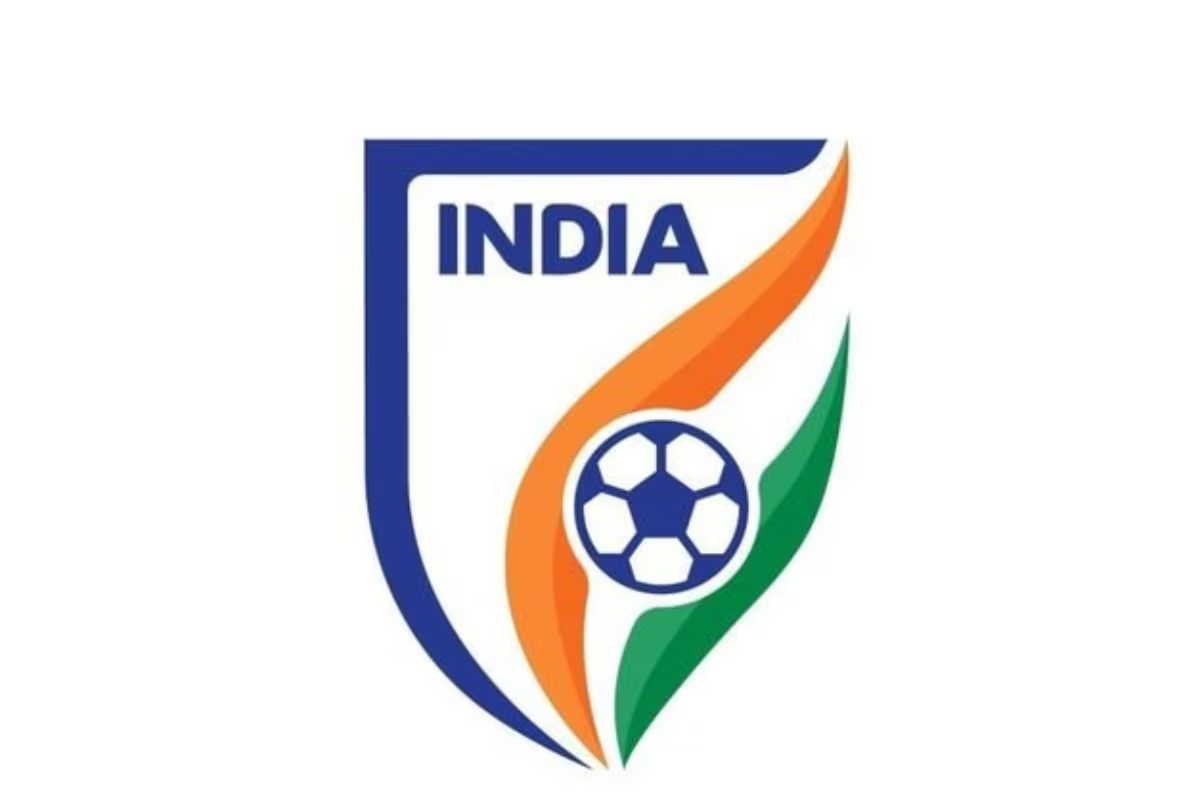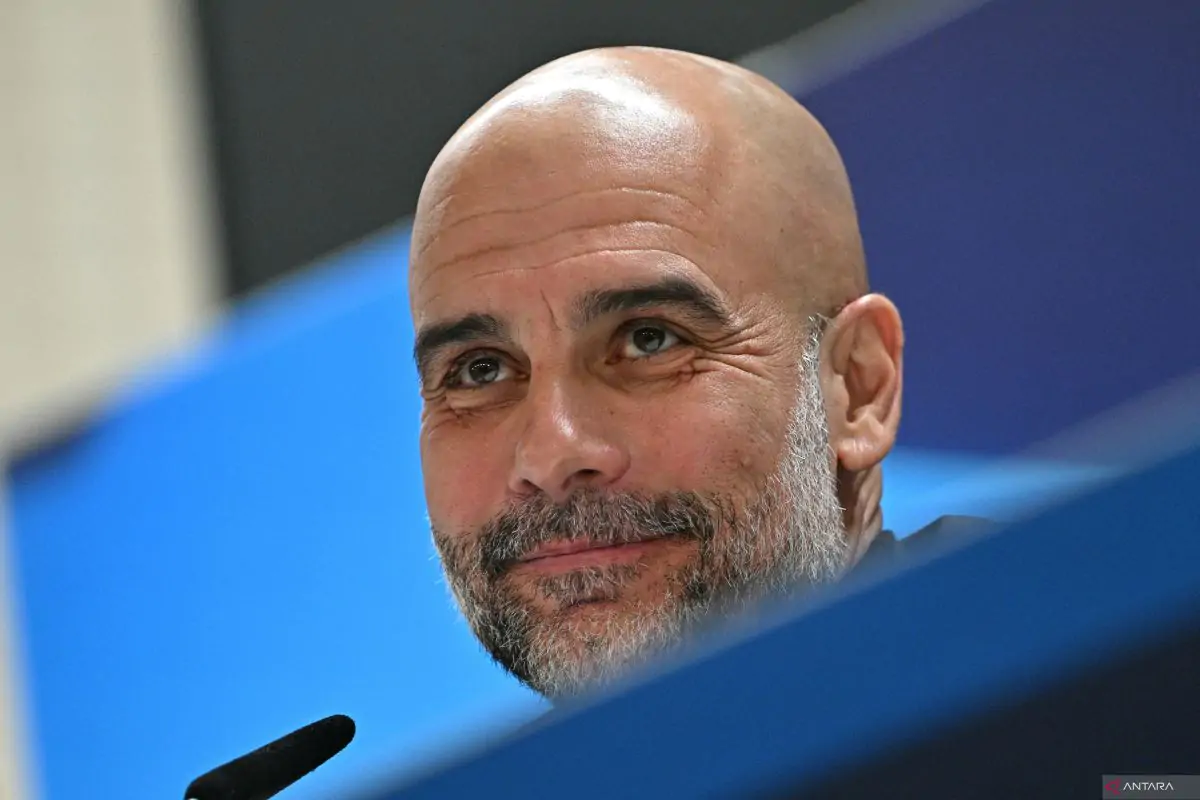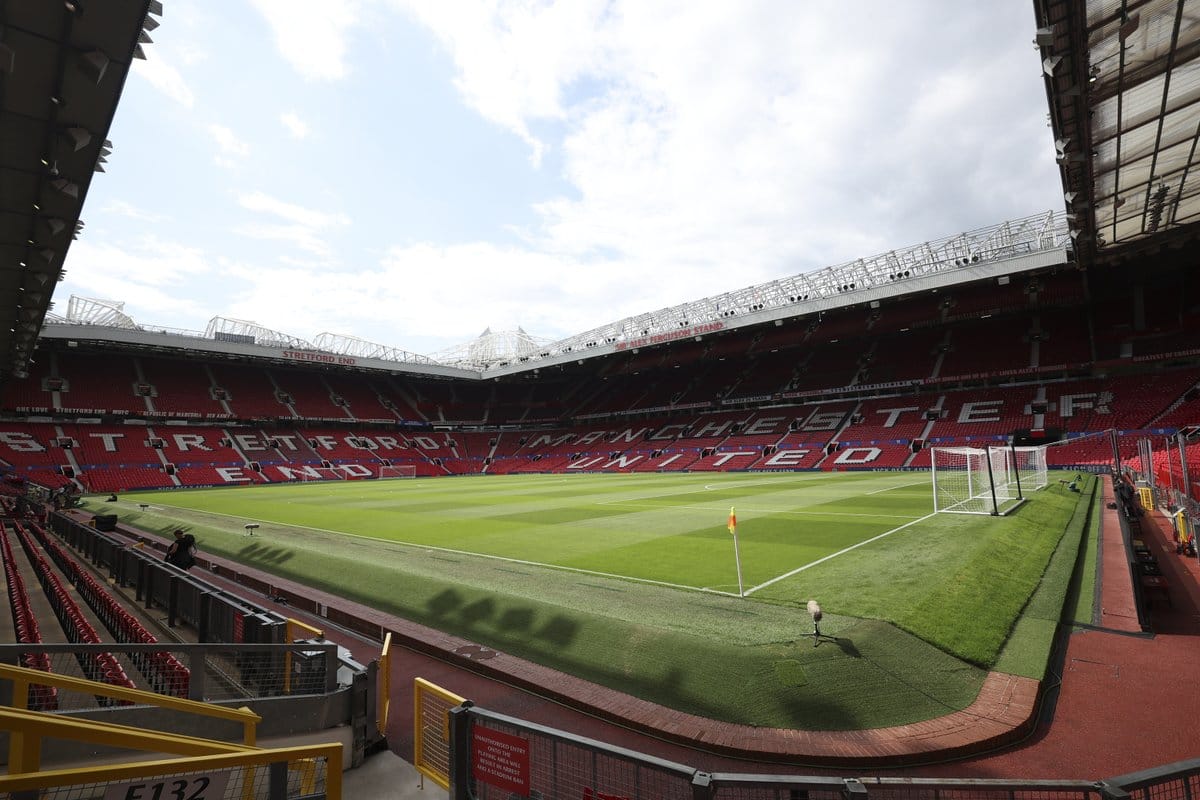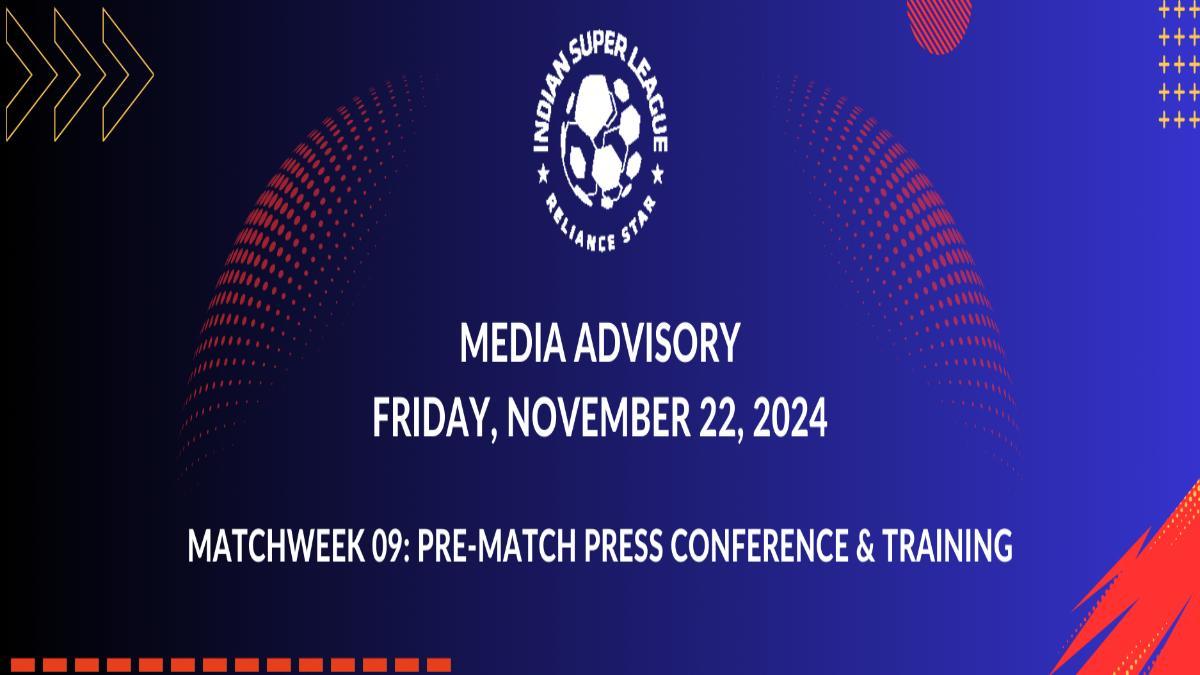(Motorsports news) The FIA has enforced a limit on lap time on in-laps and out-laps to minimize dangerous traffic problems on track during qualifying. However, this has had the unintended result of F1 drivers being unable to locate clear spaces behind rivals once their preparation laps begin, so they attempt to construct this clear air in the pitlane.
There have been several instances where drivers have slowed drastically, or even stopped totally, in the pit exit, causing rivals behind them to fall behind. This is a potential violation of rules that prohibit hindering other vehicles. Last weekend’s F1 Mexican Grand Prix saw Max Verstappen, George Russell, and Fernando Alonso all examined for stopping at the pit exit in Q1 as they tried to build a distance, however all were cleared of any wrongdoing.
The pervasive magnitude of the problem prompted calls for a better solution, which F1 race director Niels Wittich has now implemented ahead of this weekend’s Sao Paulo event. Wittich stated in his event notes, which were distributed to all teams before the Brazilian GP, that a new standard of behavior was required from drivers in both main qualifying and the sprint shootout.
He added that drivers were no longer permitted to hold up rivals in the pits during qualifying sessions, and he outlined rigorous limits for where drivers would be permitted to establish their gaps. “As per article 33.4 of the F1 Sporting Regulations, drivers are not allowed to go unnecessarily slow, including stopping a car in the fast lane of the pitlane,” he wrote in the notes.
“Drivers may create a gap between the pit exit lights and the SC2 line during Shootout and Qualifying. Any driver who wishes to do so must drive as far to the left as possible to allow other drivers to pass them on the right side of the pit exit road.” McLaren CEO Andrea Stella stated in Mexico that the pitlane impediment problem was so significant that an immediate solution was necessary.
“I believe immediate action is required,” Stella stated. “It’s not a good show.” It makes operations extremely tough because you send your automobile and have no idea when it will get on track. “It puts all drivers at the mercy of other drivers.” And this begins to feel unfair to me. To handle the problem, we need to adopt policy and ruling aspects, which I believe is just improper.”
Also read: How AlphaTauri can meet Ricciardo’s F1 requirements in a way that McLaren cannot


